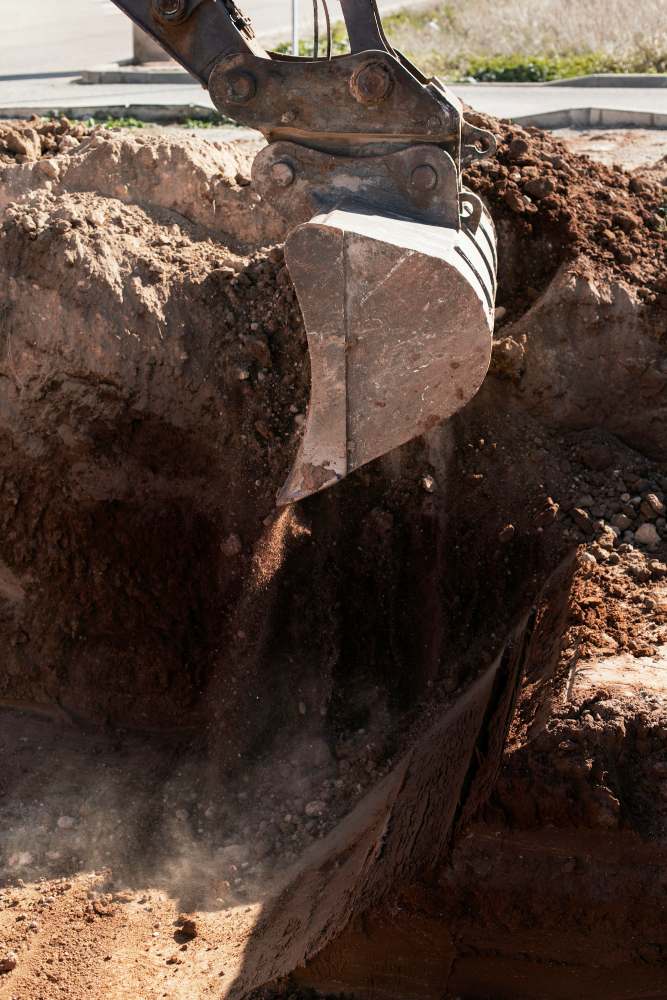- Broadstone
- Christchurch
- Stoughton
- Southampton
A culvert drain is like a tunnel that helps water flow under a road or pathway. It’s usually made from pipes or concrete and placed in the ground. They connect one side of the road to the other, allowing water to go under the road instead of overflowing on top of it.
You can often find culverts under roads, which are usually empty when no water flows through them. They are used to prevent flooding and let water pass through easily. But blocked, they require culvert clearance immediately, and we can help you with the process.
Fast Drains prioritise your immediate drainage needs. Our 24/7 call-out blocked culvert clearance ensures we’re there for you whenever emergencies, like floods, strike to minimise damage swiftly.
Equipped with powerful vacuum and water blasting technology, we efficiently clear debris and sludge, ensuring your culvert functions smoothly. At Fast Drains, we pride ourselves on using top-of-the-line equipment, allowing us to handle contracts of any size.
We begin by inspecting the culvert drain to evaluate the scope of the blockage. We use advanced CCTV cameras to get a clear view of the inside, identifying the issue accurately.
If the culvert drain is accessible, we employ various cleaning methods based on the specific situation:
We understand the importance of responsible waste management. All debris removed from the culvert is disposed of properly, either by burying it in a landfill or recycling it, adhering to environmental regulations.
Fast Drains offers a complete culvert cleaning and maintenance service to ensure your drainage system operates flawlessly.


Culverts can get blocked due to a number of reasons, including:
A culvert has two main jobs:
Drain pressure jetting is a method of cleaning drains using a special piece of equipment called a drain pressure jet. This equipment works by rapidly expelling water through a hose under high pressure. The powerful water blasts effectively clear debris that is blocking the drain, ensuring smooth water flow.
Yes, drain pressure jetting is generally more effective than a drain snake. While a drain snake can be useful for breaking a single clog and can be used by individuals, it may not fully clear the drain as thoroughly as pressure jetting. Pressure jetting clears the entire length of the pipe from debris build-up, reducing the chances of future blockages.
Responsibility for unblocking the drainage system depends on the location of the blockage: